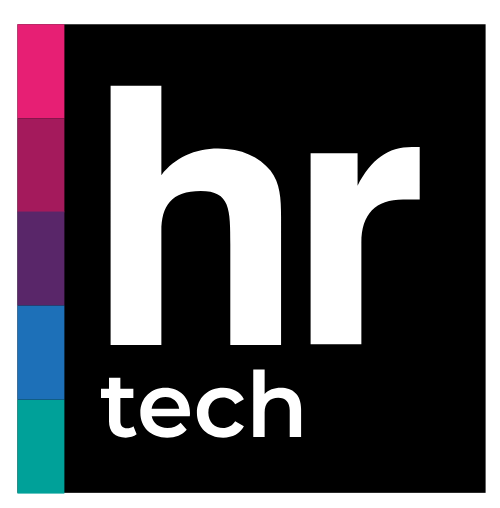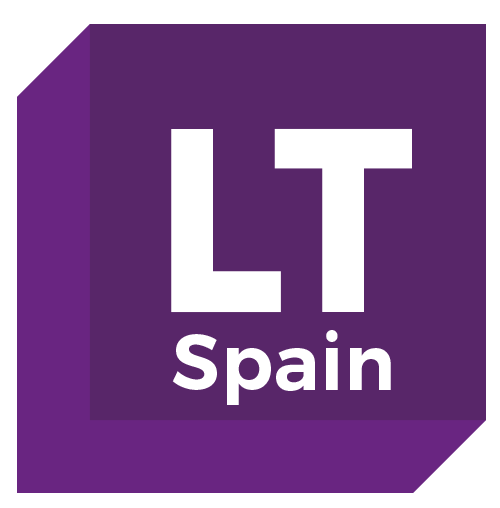News
"Eaton drives sustainability and energy efficiency in Iberian data centers in the face of the rise of digitalization and artificial intelligence" - Juan Manuel Lopez for DC Power Talks
)
DC Power Talks continues to bring you the industry's most influential voices with this series of exclusive interviews with leaders who are defining the future of the industry. Throughout the year, we will explore key topics such as sustainability, infrastructure expansion, AI adoption and investment strategies.
On this occasion we talk to Juan Manuel López, Sales Manager for DC Iberia at Eaton, about how the company is facing the energy challenges posed by the new digital era. From the implementation of intelligent and sustainable solutions to the promotion of Edge Computing, Lopez details how Eaton is accompanying data centers in their transformation towards more resilient, efficient and future-proof infrastructures.
- Eaton is a benchmark in power management solutions for data centers. How has the demand for these solutions evolved in the Iberian region in recent years?
In recent years, the demand for power management solutions for data centers has grown considerably. And at Eaton, we have been very aware of this evolution. As main factors or causes we can highlight the strong momentum of digitization, the increase in data consumption or the expansion of critical infrastructures in Spain and Portugal. In fact, Madrid has established itself as a key hub in Europe, housing some of the data centers of the most important companies worldwide. Lisbon, in turn, has emerged as a strategic point for transatlantic connectivity. All this growth has generated a greater need for advanced energy solutions that guarantee efficiency, security and sustainability.
Environmental regulations, such as EU regulations on carbon emissions reduction, have driven companies to optimize their electrical infrastructures, so we have had to adapt and offer solutions that can help customers reduce their footprint and improve the operational efficiency of their data centers. Security and business continuity have also become key priorities, and with the growing dependence on data and the rise of edge computing, companies now need to have resilient infrastructures that can ensure the uninterrupted availability of their systems.
- What initiatives is Eaton implementing to help data centers achieve their decarbonization and energy efficiency goals?
At Eaton, we have always been committed to decarbonization and energy efficiency in the data center industry, and we have demonstrated this through the development of innovative solutions that optimize power consumption and help reduce the carbon footprint. One of our key products, uninterruptible power supplies (UPS), are designed to minimize energy waste thanks to their lithium-ion batteries, which have a longer lifespan and higher efficiency compared to traditional lead-acid batteries, significantly reducing environmental impact and operating costs.
Another of our most innovative initiatives is the implementation of the EnergyAware approach, which turns UPSs into dynamic energy assets. This technology enables data centers to interact with the power grid, storing energy in times of low demand and releasing it when the grid requires it. On the other hand, with our Brightlayer Data Centers suite software, we provide data center operators with the opportunity to monitor energy usage in real time, as well as detect inefficiencies and anticipate potential system failures. We also encourage the integration of energy storage systems and microgrids that facilitate the adoption of renewable energy, such as solar and wind, reducing dependence on the conventional power grid.
In addition, our medium-voltage switchgear has been operating for more than 20 years without SF6 gas, a greenhouse gas commonly used in this type of equipment but which is actually harmful to the environment, in transformer stations located at the entrance of data centers. Thanks to their SF6-free design, our solutions completely eliminate direct SF6 emissions in this key infrastructure component, reinforcing our comprehensive commitment to sustainability and decarbonization.
- With the rise of artificial intelligence and increased computing density, how are Eaton's solutions adapting to meet the growing power demands of modern data centers?
It has been proven that AI and increased computing density is transforming the data center industry, creating a greater demand for more resilient and efficient power infrastructures. But at Eaton, we have been able to respond precisely to this challenge through advanced solutions that ensure operational continuity and optimize power consumption in these facilities.
Our state-of-the-art, energy-efficient UPSs, for example, are able to dynamically adapt to fluctuations in data center load. We are working on implementing more efficient cooling systems and integrating AI algorithms into our Brightlayer suite to predict consumption patterns and prevent failures before they happen. Our power distribution systems also enable better power management in high-density environments, ensuring that each data center component receives the power it needs without waste. And we also promote modularity in our solutions, enabling data center operators to scale their infrastructures efficiently according to their growth needs.
- Renewable energy integration and smart power management are emerging trends. How is Eaton facilitating the adoption of these practices in data centers?
The transition to a more sustainable model in data centers has always been a priority for us. We demonstrate this by facilitating the adoption of renewable energy through the integration of advanced energy storage solutions and intelligent energy management systems. An example of this is our microgrid solutions, which enable data centers to operate with a combination of renewable energy and traditional sources, thus optimizing the use of resources and ensuring continuity of service. In addition, our energy management software provides real-time visibility into system consumption and performance. This facilitates the identification of areas for improvement, promoting operational efficiency through predictive analytics and automated recommendations.
- The expansion to edge computing is redefining data center architecture. What solutions does Eaton propose to support this transition and what are the associated challenges?
Edge computing deployments require multiple data center-like infrastructure elements, and these elements can include compute, storage, racks, uninterruptible power supplies (UPS), cooling and fast networking. This is why edge computing can pose some challenges such as space constraints, as companies may be concerned about creating a comprehensive data center away from headquarters. There may also be challenges related to lack of operational expertise or IT department to design, perform risk assessment and implement the complete solution to maintain edge computing in remote locations. On top of all this, there can be another difficulty, which is complex environments. Companies may be concerned about deploying in difficult locations, such as dusty, hot or humid environments, which may require dedicated power and rack cooling.
Companies looking for Edge solutions may consider Micro Data Centers that provide power, storage, cooling and networking requirements to Edge deployments. Our Micro Data Center, known as iCube, provides power supply, power distribution, thermal power management, environmental monitoring, system connection, remote and distributed management in a single system, providing an integrated solution to users at the Edge with high reliability, low power consumption, easy maintenance and high scalability.
- Looking ahead, what are the major trends you anticipate in the data center industry and how does Eaton plan to position itself to lead in this ever-changing environment?
Data centers will play a key role in digitalization in 2025, but they will have to face different challenges such as the growing energy demand or the shortage of skilled workers. We can highlight some trends such as modularity and automation in these facilities or the industry's close collaboration with governments to simplify regulatory processes, ensure access to energy, and invest in workforce development programs.
Increased use of AI and cloud storage will drive higher energy density, which will require advanced cooling strategies and more efficient electrical systems. In turn, data centers will help stabilize the grid through solutions such as battery energy storage systems and demand response programs. Transparency and sustainability will also be key issues for the sector, and European regulations will require greater compliance in the use of renewable energies and the reduction of emissions.
At Eaton, we are always working to meet increasingly stringent regulations and respond to the demand for responsible and efficient operations. We will continue to invest in R&D, collaborating with customers and strategic partners to develop solutions that respond to emerging industry needs. Our vision is to continue to deliver technologies that not only improve the efficiency and sustainability of data centers, but also prepare them for such challenges.

 Cloud & AI Infrastructure
Cloud & AI Infrastructure Cyber Security World
Cyber Security World Big Data & AI World
Big Data & AI World  Data Centre World
Data Centre World  Technology for Marketing
Technology for Marketing E-Show
E-Show HR Technologies
HR Technologies Learning Technologies
Learning Technologies)
)
)
)
)
)
)
)
)
)
)
)
)
)
)
)
)
)
)
)
)
)
)
)
)
)
)
)
)
)
)
)
)
)
)
)
)
)
)
)
)
)
)
)
)
)
)
)
)
)
)
)
)
)
)
)
)
)
)
)
)
)
)
)
)
)
)
)
)
)
)
)
)
)
)
)
)
)
)
)
)
)
)
)
)
)
)
)
)
)
)
)
)
)
)
)
)
)
)
)
)
)
)
)
)
)
)
)
)
)
)
)
)
)
)
)
)
)
)
)
)
)
)
)
)
)
)
)
)
)
)
)
)
)
)
)
)
)
)
)
)
)
)
)
)
)
)